From projects getting the go-ahead to new contracts, below is a compilation of the latest headlines in the E&P space.
Activity headlines
Shell’s Victory Field Reaches FID
Shell UK made the final investment decision (FID) on its operated Victory Field in the U.K. North Sea, nearly 50 km northwest of the Shetland Islands, the company announced Jan. 17.
The development plan calls for a single subsea well tied back 16 km to existing infrastructure from the Greater Laggan Area system.
The operator expects the Victory Field to begin production in the middle of the decade and produce about 150 MMcf/d at peak, with most of the field’s recoverable gas expected to be extracted by the end of the decade.
Winterfell Tieback Sanctioned
Beacon Offshore Energy’s (BOE) operated Winterfell discovery in the deepwater Gulf of Mexico will move forward.
BOE announced Jan. 10 that Winterfell, found in 2021 and appraised in 2022, will be developed via a 13-mile subsea tieback to the Heidelberg spar in Green Canyon Block 860. Winterfell is in Green Canyon Blocks 943, 944, 987 and 988 in 5,200 ft water depth.
First oil is expected early in the second quarter of 2024 from three initial wells projected to deliver gross production of 22,000 boe/d. Occidental Petroleum operates the Heidelberg spar.
Tyra Closing in on Production Restart
The Tyra Field in the Danish North Sea is expected to begin natural gas production by the end of March.
BlueNord announced Jan. 22 it has executed a significant amount of work on the Tyra II facilities as part of the Tyra Redevelopment, including leak testing, functional testing, de-isolating of pipelines and unplugging and de-watering wells.
When the field does begin production, ramp-up to maximum capacity is expected to take four months from restart, according to operator TotalEnergies.
The Tyra redevelopment includes three main elements: decommissioning and recycling the old Tyra platforms; recycling and extending the current platform legs on six of the platforms by 13 m, which will have new topsides; and a new process module and a new accommodation platform.
Once modernized, Tyra II will be the most modern natural gas field in the world, according to the operator, and is expected to deliver 2.8 Bcm/year to Europe through export pipelines to Nybro, Sweden and Den Helder, Netherlands.
TotalEnergies operates the Tyra field with 43.2% on behalf of partners BlueNord with 36.8% and Nordsøfonden with 20%.
Infill Drilling Begins in Block G
Infill drilling has begun in the Block G field offshore Equatorial Guinea, block partner Panoro Energy ASA announced Jan. 22.
The Island Innovator semisubmersible drilling rig is carrying out the three-well campaign, with the first well expected onstream by the end of the first quarter of 2024. The other two should begin production by mid-year, Panoro said.
Trident Energy operates Block G on behalf of partners Panoro, Kosmos Energy and GEPetrol.
After completing the Block G infill drilling campaign, the rig will relocate to Block S to drill the Kosmos-operated Akeng Deep infrastructure-led exploration well to test a play in the Albian formation. Block partners include Panoro, GEPetrol and Trident.
Contracts and company news
Fishbones, Aker BP Extending Reservoir Reach
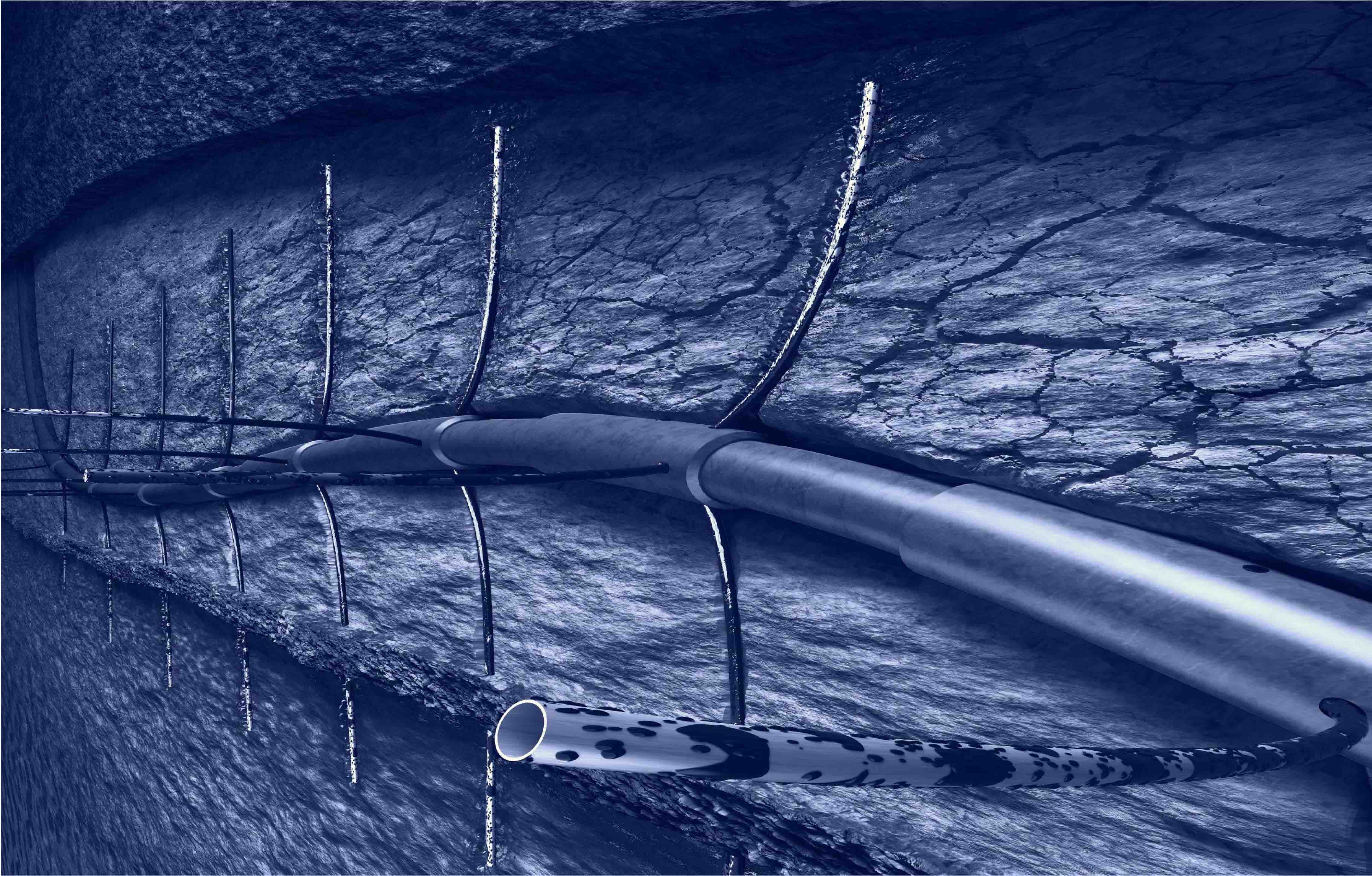
Reservoir stimulation specialist Fishbones announced Jan. 16 a team-up with Aker BP on a technology development project to extend reservoir reach by 50%.
The Research Council of Norway awarded a grant for the project, which will focus on the development of extended-reach needles, which are small diameter laterals that penetrate the reservoir to increase hydrocarbon recovery. The aim is to extend the reach of existing Fishbones needles by 50%, increasing the current span from 12 m to 18 m.
TCP Jumper Supplied for Egina Field
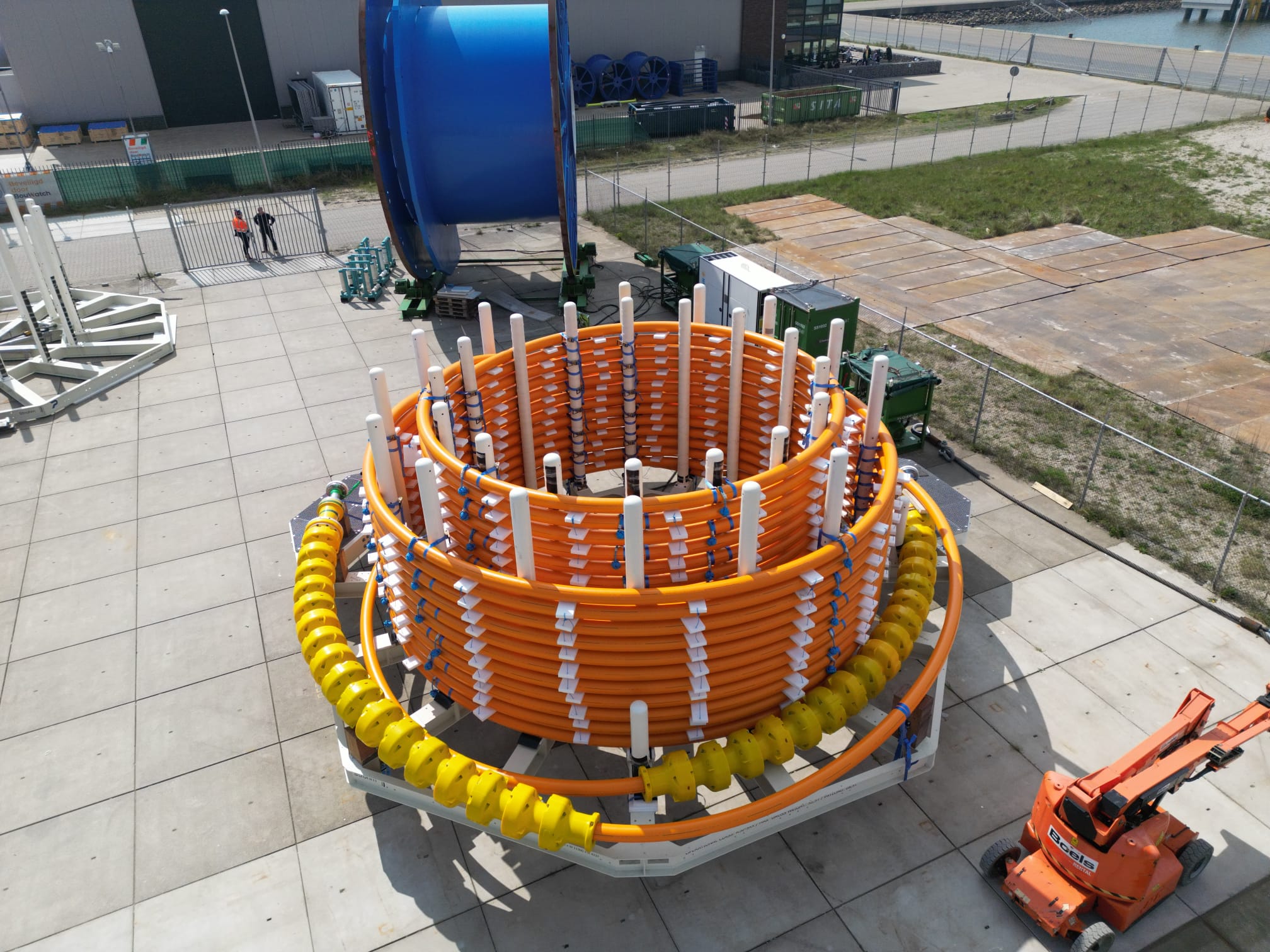
Strohm supplied TotalEnergies with a thermoplastic composite pipe (TCP) jumper, which has been commissioned in 1,600 m water depth offshore West Africa, Strohm said Jan. 16.
The TCP jumper was installed in TotalEnergies’ Egina Field in the OML130 Block offshore Nigeria.
New Subsea Drone Trials at Alvheim
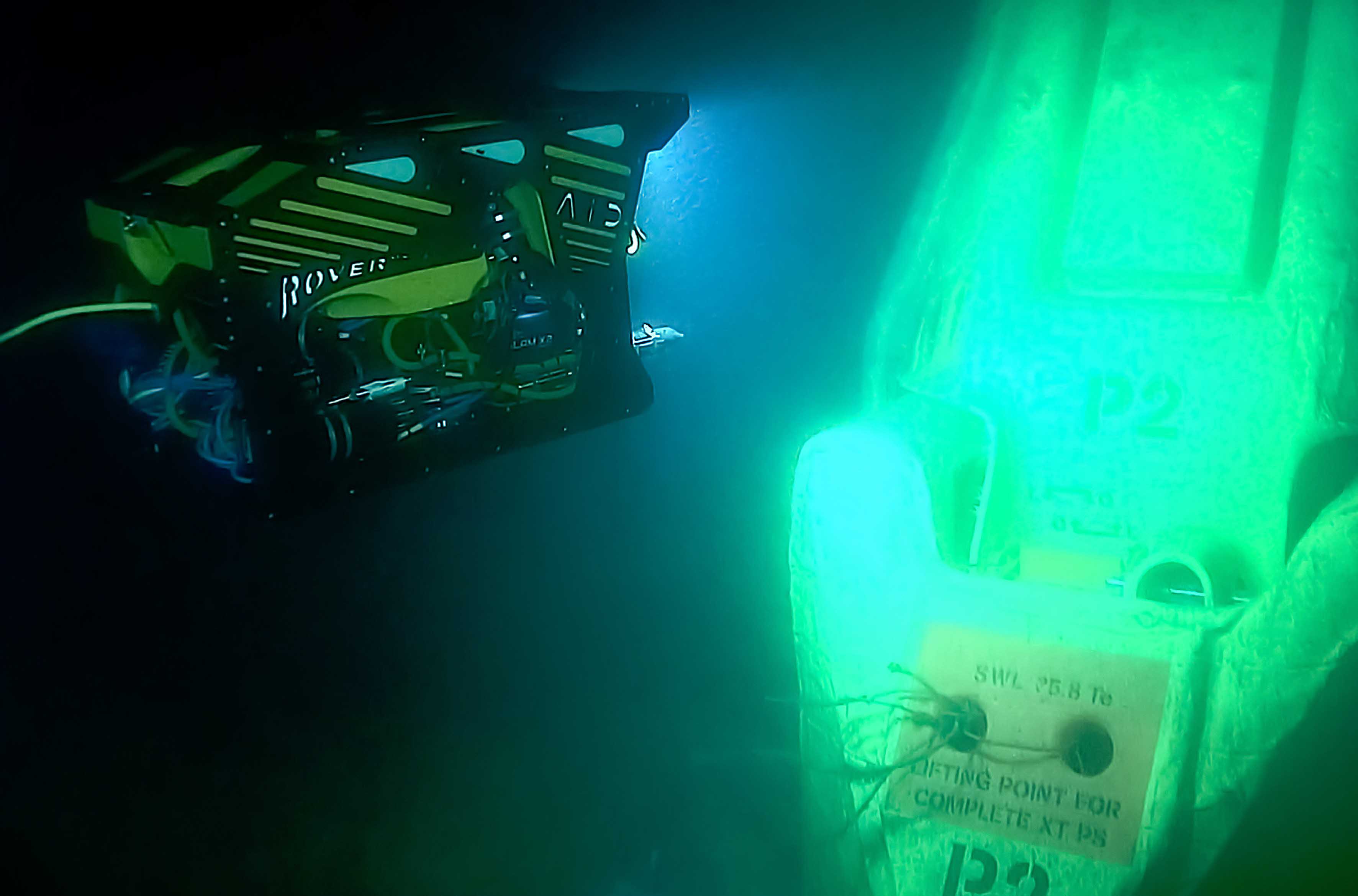
An autonomous inspection drone (AID) carried out a 10-day subsea trial at Aker BP’s operated Alvheim Field in the Central North Sea, DeepOcean announced Jan. 16.
The AID project is a strategic partnership between DeepOcean, Argus Remote Systems and Vaarst where a system has been developed with industry guidance, support and funding from Aker BP to bring a platform to market.
“The first inspection trial was highly encouraging. Based on this, we believe we can inspect the specific-subsea infrastructure at Alvheim noticeably faster next year,” Kristoffer Johansen, DeepOcean technology manager, said in a press release.
The AID was mobilized on the DeepOcean-operated subsea IMR and ROV support vessel Edda Fauna, replacing the existing observation class ROV. The mission control was supervised both locally from Edda Fauna and remotely from a remote operations center in Haugesund, Norway.
The AID is based on a Rover MK2 ROV from Argus Remote Systems, with upgraded hardware and software packages. Argus is responsible for the AID platform and navigation algorithm. DeepOcean handles the digital twin platform, mission planner software and live view of the AID in operation, while Vaarst is responsible for the machine-vision camera, “Subslam 2x,” for autonomous navigation and data collection.
Wood Updating ETAP Topsides for BP
Wood will deliver topside modifications to support BP’s Murlach subsea tieback in the U.K. North Sea.
Wood announced Jan. 10 it will handle engineering, procurement, construction and commissioning (EPCC) services to repurpose existing equipment at the central processing facility of BP’s Eastern Trough Area Project (ETAP) production hub in the central North Sea to handle production from the two new Murlach subsea wells.
Wood had previously carried out pre-FEED and FEED work on the Murlach Field.
Microbubbles Cleaning Produced Water
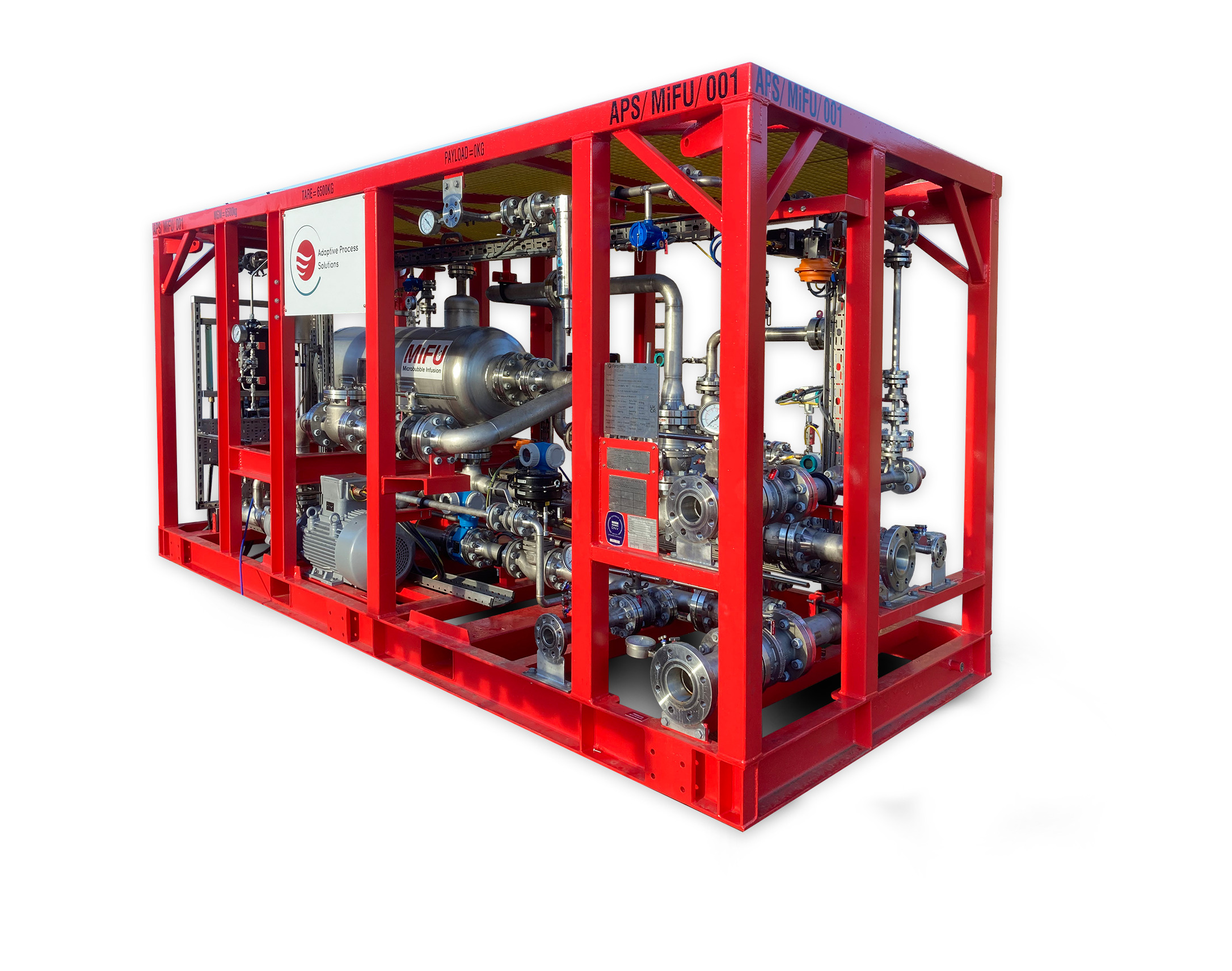
Adaptive Process Solutions (APS) has introduced a microbubble infusion unit (MiFU) to help operators of aging assets and reservoirs better clean produced water for discharge to sea.
The company said Jan. 15 that the unit can process between 1,000 bbl/d and 100,000 bbl/d of water and can remove up to 90% of oil and contaminants from produced water without requiring downstream filtration.
The microbubble technology, machinery and processes are a retrofittable add-on to existing water-treatment systems.
The Hazardous Zone 1-certified MiFU can use any type of gas, provided it is soluble, Frank Wurpel, director of engineering and technology at APS, said in a press release.
Subsea 7 Taps Huisman for Pipelay Crane
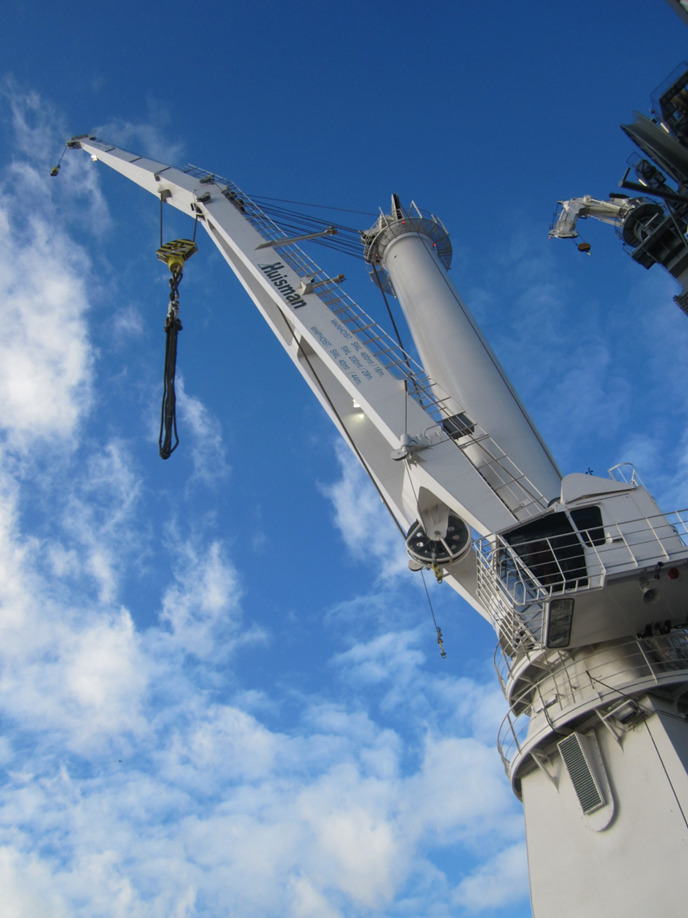
Huisman said Jan. 22 that Subsea 7 had awarded it a contract to deliver a full-electric, 500 metric ton offshore mast crane for installation on a pipelay vessel.
The crane will be equipped with a state-of-the-art passive and active heave compensation system on the main hoist to counteract the vessel’s heave motion when landing a pipe onto the seabed. The crane will be built in Huisman’s production facility in Schiedam, Netherlands.
ROCS Planned for Deepwater Rosebank Field
Optime Subsea said Jan. 22 it will deliver a Remote Operated Controls System (ROCS) to Equinor for its deepwater Rosebank Field in the U.K. North Sea.
The ROCS system, developed by Optime Subsea, eliminates the need for umbilicals in subsea wells. Implementation of ROCS at Rosebank, West of Shetland, is slated for June 2025.
WellSentinel Clam Deployed Subsea
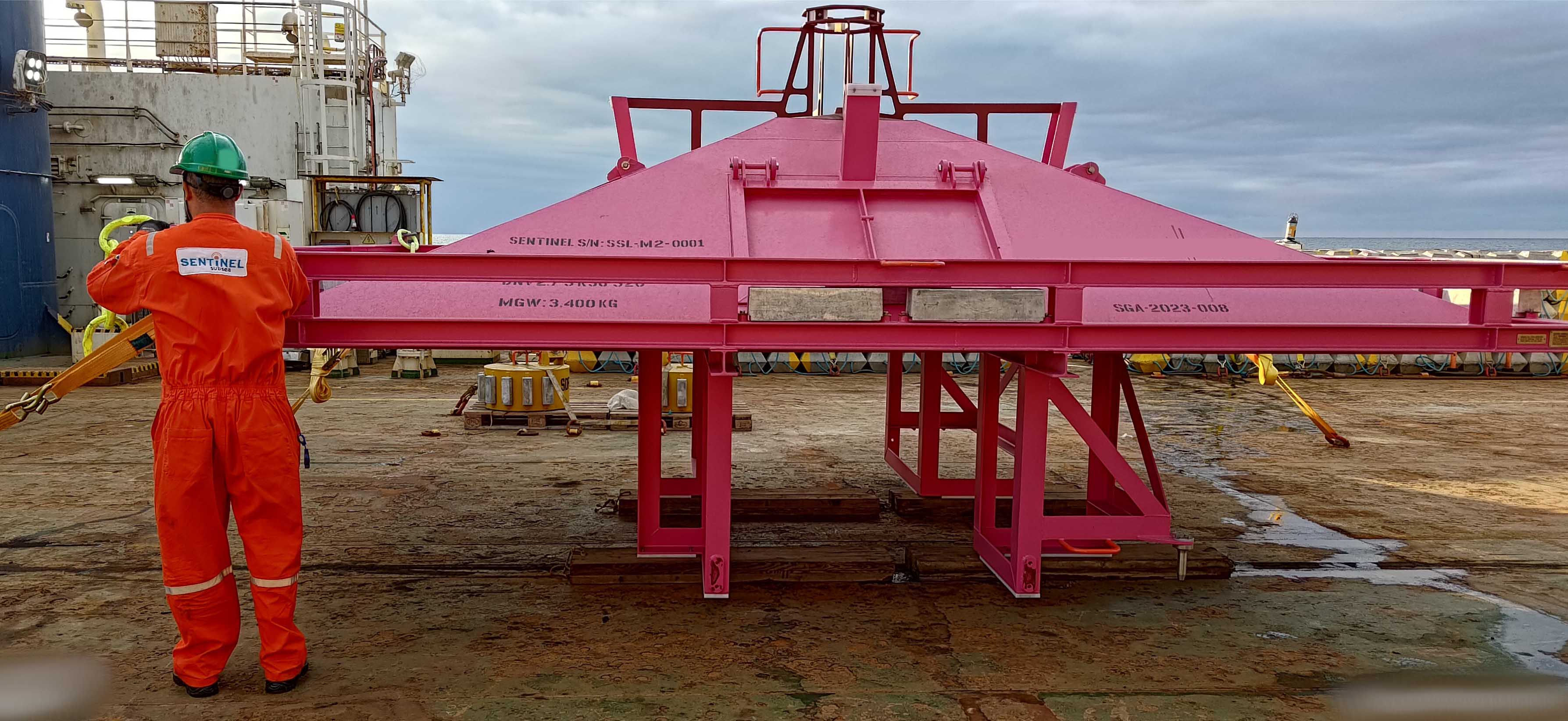
Sentinel Subsea installed a WellSentinel Clam to passively monitor a subsea Christmas tree in 1,300 ft water depth, the company announced Jan. 22.
Sentinel Subsea carried out the operation in collaboration with Baker Hughes on a producing asset for an unnamed customer.
This is the first of multiple clam system installations to monitor subsea Christmas trees for a major operator, the company said.
Sercel Launches Next-Gen Land System

Sercel launched its next-generation, 528 land acquisition system and VE564 vibrator electronics to improve recording capacity, reliability, productivity and data fidelity, CGG announced Jan. 16.
Building on Sercel’s 508 XT technology, the cable-based 528 system is light and can be solar-powered. Its scalable architecture also allows it to adapt to different-sized projects.
The VE564 vibroseis electronics technology can be embedded within the 528 platform. When combined, the two minimize downtime and boost productivity, the company said.
Recommended Reading
E&P Highlights: March 17, 2025
2025-03-17 - Here’s a roundup of the latest E&P headlines, from Shell’s divestment to refocus its Nigeria strategy to a new sustainability designation for Exxon Mobil’s first FPSO off Guyana.
E&P Highlights: Jan. 27, 2025
2025-01-27 - Here’s a roundup of the latest E&P headlines including new drilling in the eastern Mediterranean and new contracts in Australia.
E&P Highlights: Jan. 21, 2025
2025-01-21 - Here’s a roundup of the latest E&P headlines, with Flowserve getting a contract from ADNOC and a couple of offshore oil and gas discoveries.
US Oil, Gas Rig Count Unchanged This Week
2025-03-14 - The oil and gas rig count was steady at 592 in the week to March 14. Baker Hughes said that puts the total rig count down 37, or about 6% below this time last year.
Chevron Delivers First Oil from Kazakhstan Project
2025-01-24 - Chevron Corp.’s newest plant at Kazakhstan’s Tengiz Field is expected to ramp up output to 1 MMboe/d.
Comments
Add new comment
This conversation is moderated according to Hart Energy community rules. Please read the rules before joining the discussion. If you’re experiencing any technical problems, please contact our customer care team.




